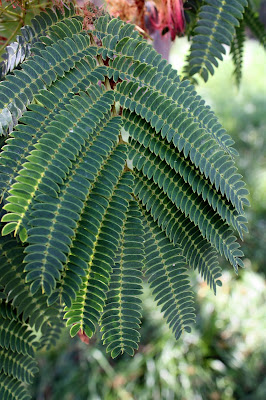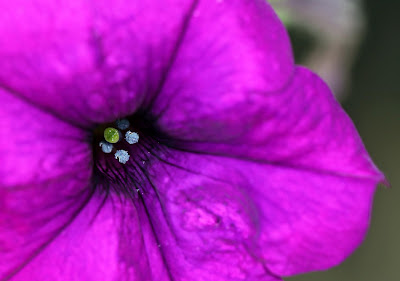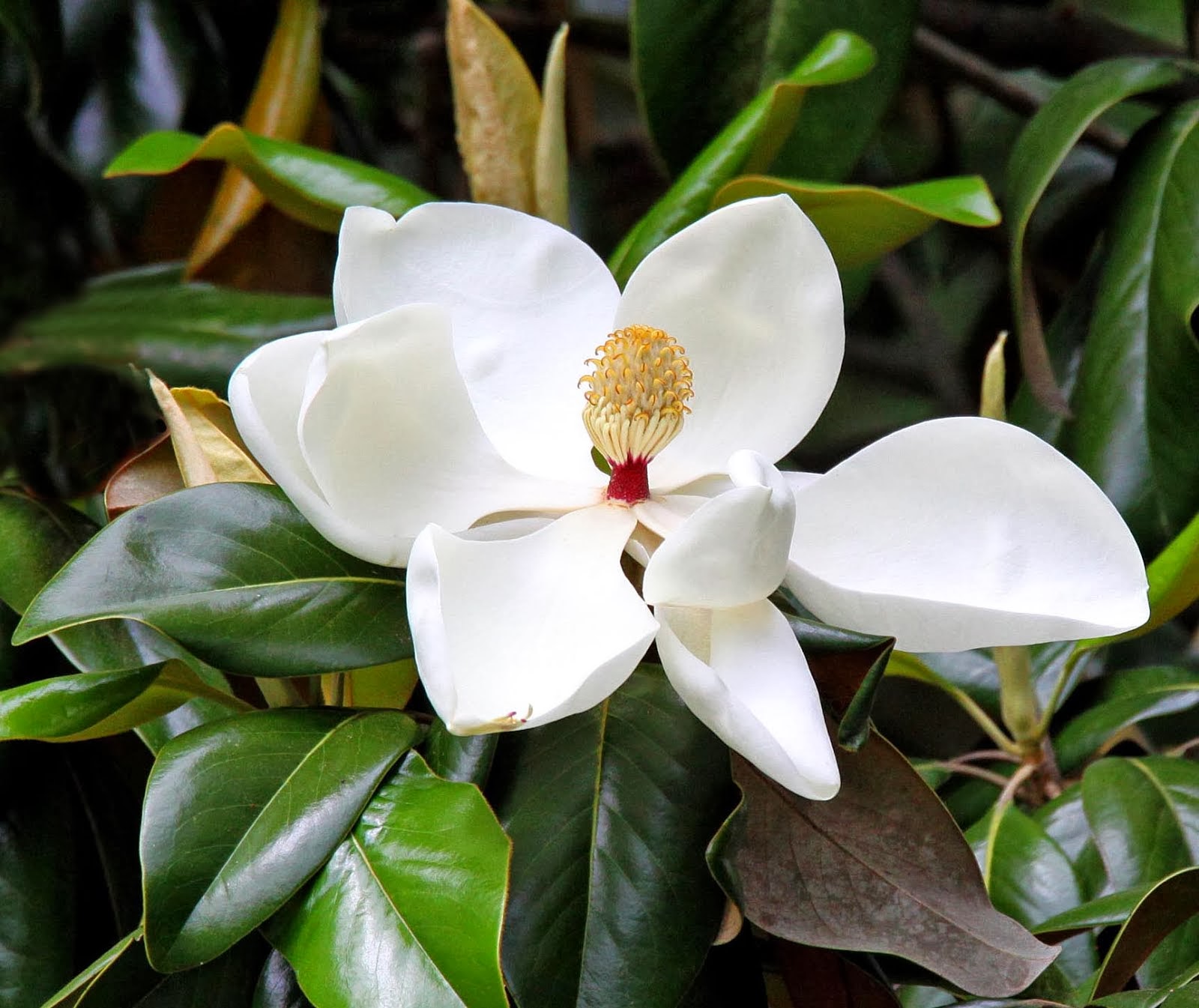I can't count the times I've written the words, "I would love to know the rest of the story," about the subjects of my posts, be it a person long gone from this world, an old house that has seen better days, or history witnessed by an ancient tree located on a battlefield. A few times someone has written me to fill in blanks, or to share with me what they know about the subject ... but most of the time, I am left to ponder and imagine on my own, my curiosity never being satisfied.
Today, I'm going to tie up a "loose end" from the heartrending love story of Helen Johnstone and Henry Grey Vick, a wealthy planter from Nitta Yuma, Mississippi. The story of Helen and Henry was part of a post I wrote featuring a lovely little country church in Madison County, Mississippi, called "The Chapel of the Cross." If you missed it and would like to read it, you can click on the link.
Helen was the youngest daughter of wealthy Annandale Plantation owner John Johnstone and his wife Margaret, and the story began in the mid-1800s, around Christmastime, when an attractive stranger, Henry Grey Vick, a descendant of the founder of Vicksburg, appeared at Annandale Plantation to request help to repair a broken wheel on his carriage. Henry dined with the Johnstone ladies that evening, and before leaving the next morning, he and Helen were in love. Henry returned often, and in 1857, the two were promised to be married. However, Margaret, who was by then a widow, was not ready to give up her youngest daughter, and insisted that the young couple wait until Helen was twenty. Henry and Helen agreed to wait, and the wedding was scheduled for May 21, 1859, which was Helen's birthday.
As Fate would have it, four days before the wedding, the headstrong Vick met his death on the traditional field of honor — the dueling ground.
Grief stricken beyond consolation, Helen led a torchlit procession — on the day her wedding was to have taken place (also her birthday) — from Annandale Plantation to the Chapel of the Cross, where Vick was laid to rest in the family graveyard.

While Helen would later wed George Harris, who ultimately served as rector of the church on three different occasions, there are those who say her heart never totally mended from the shock of her fiancé's sudden death. The story of Helen's and Henry's ill-fated love became known as the legend of "The Bride of Annandale," and will forever remain part of the church's history.
But Helen's story doesn't end there. In August 1862, three years after Henry’s death, Helen Johnstone married George Harris, a Confederate chaplain. He served as clergyman for the Chapel of the Cross for years and during the course of their marriage, Helen and George moved several times following his service as Rector. They had three children, and Helen spent her life with George caring for their children and assisting him in the church.
In 1896, the Harrises built their "retirement house" on some land Helen had inherited in the Mississippi Delta, near Rolling Fork, Mississippi. The original house was destroyed by fire almost immediately after it was completed, but Helen and George rebuilt another one on an Indian Mound located on the property, and called it Mont Helena. I have photographed Mont Helena on several different occasions and never cease to be awed by its beauty ...


George died in 1911, but Helen continued to live at Mont Helena until her death in 1917. They are both buried in Mound Cemetery in Rolling Fork.
And that's where the story ended, until a couple of weeks ago when I happened to be in Rolling Fork photographing the ruins of "the Big Red Barn," a beloved Delta landmark. If you would like to read that story, you can click on the link.
But back to Helen and George ... while in Rolling Fork, I visited Mound Cemetery and found their final resting place in the shade of an old Crape Myrtle tree.

Helen's grave marker is a simple stone cross bearing her name and dates of birth and death (May 21, 1839 - November 19, 1917).


Reverend George Harris's grave ...

And so ends the life story of Helen Scrymgeour Johnstone Harris, whose last thoughts — according to people who were present when Helen died in 1917 — were of Henry. She believed that Henry was visiting in the room with her discussing plans for their upcoming wedding. “She called out to him, happy that he had come for her at last.”











































































